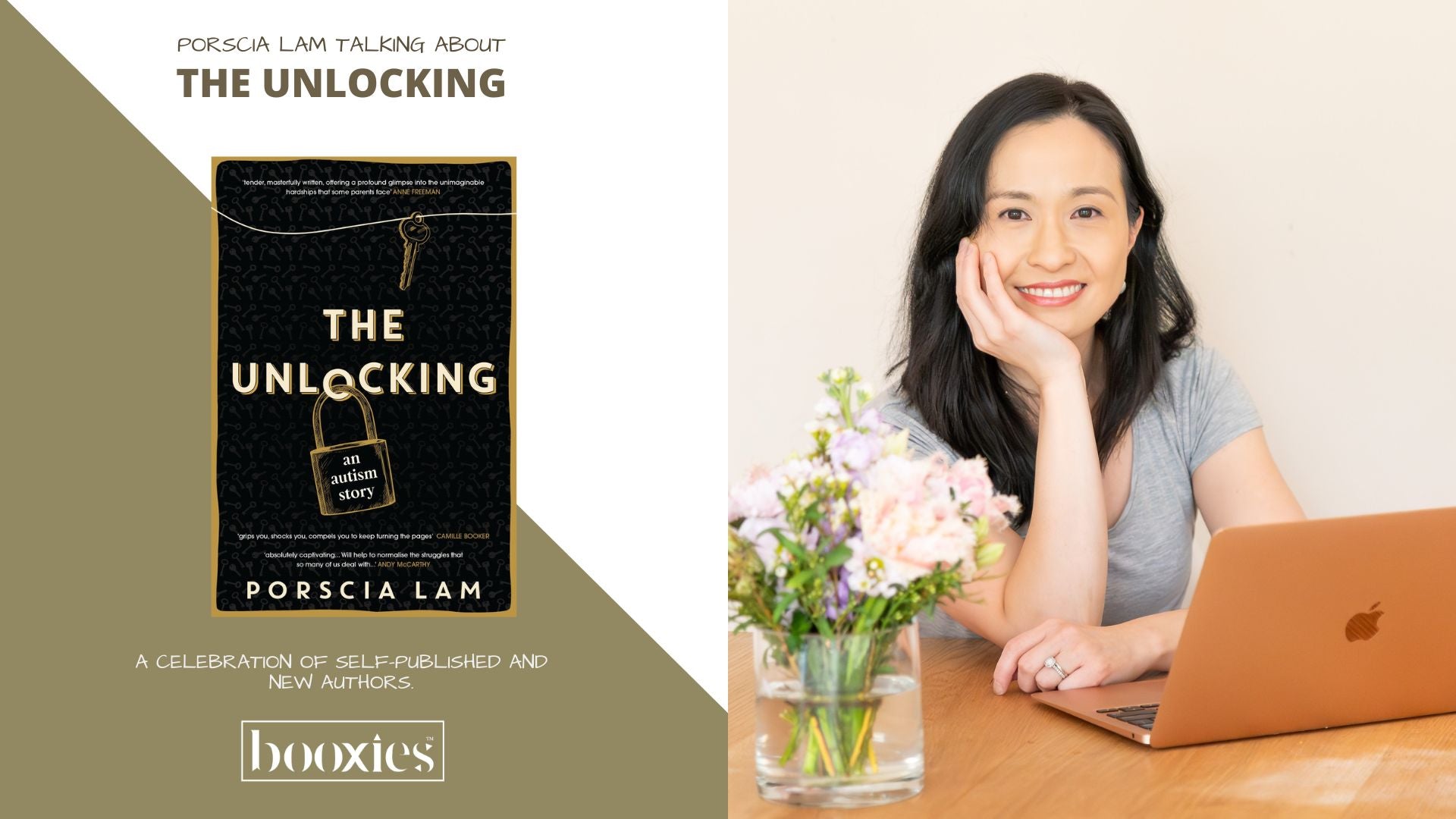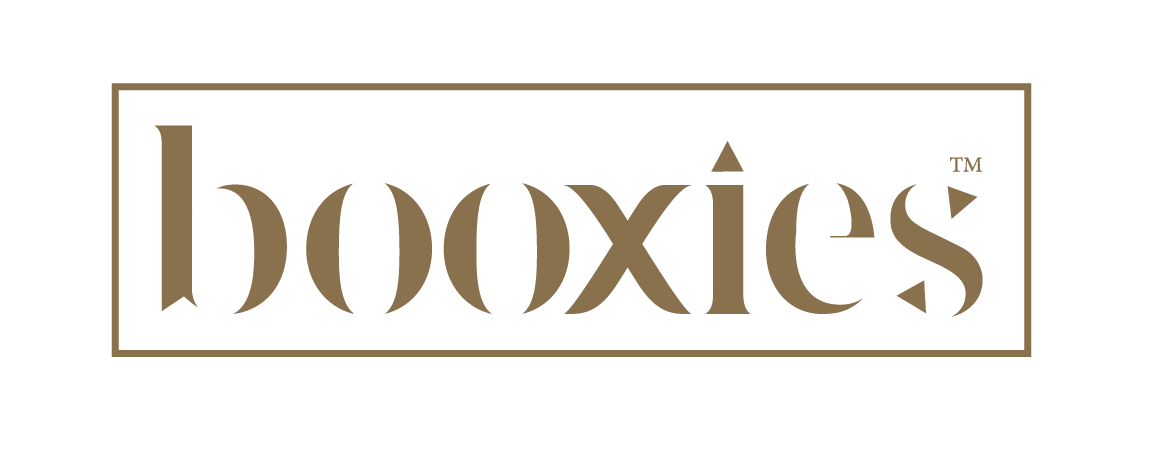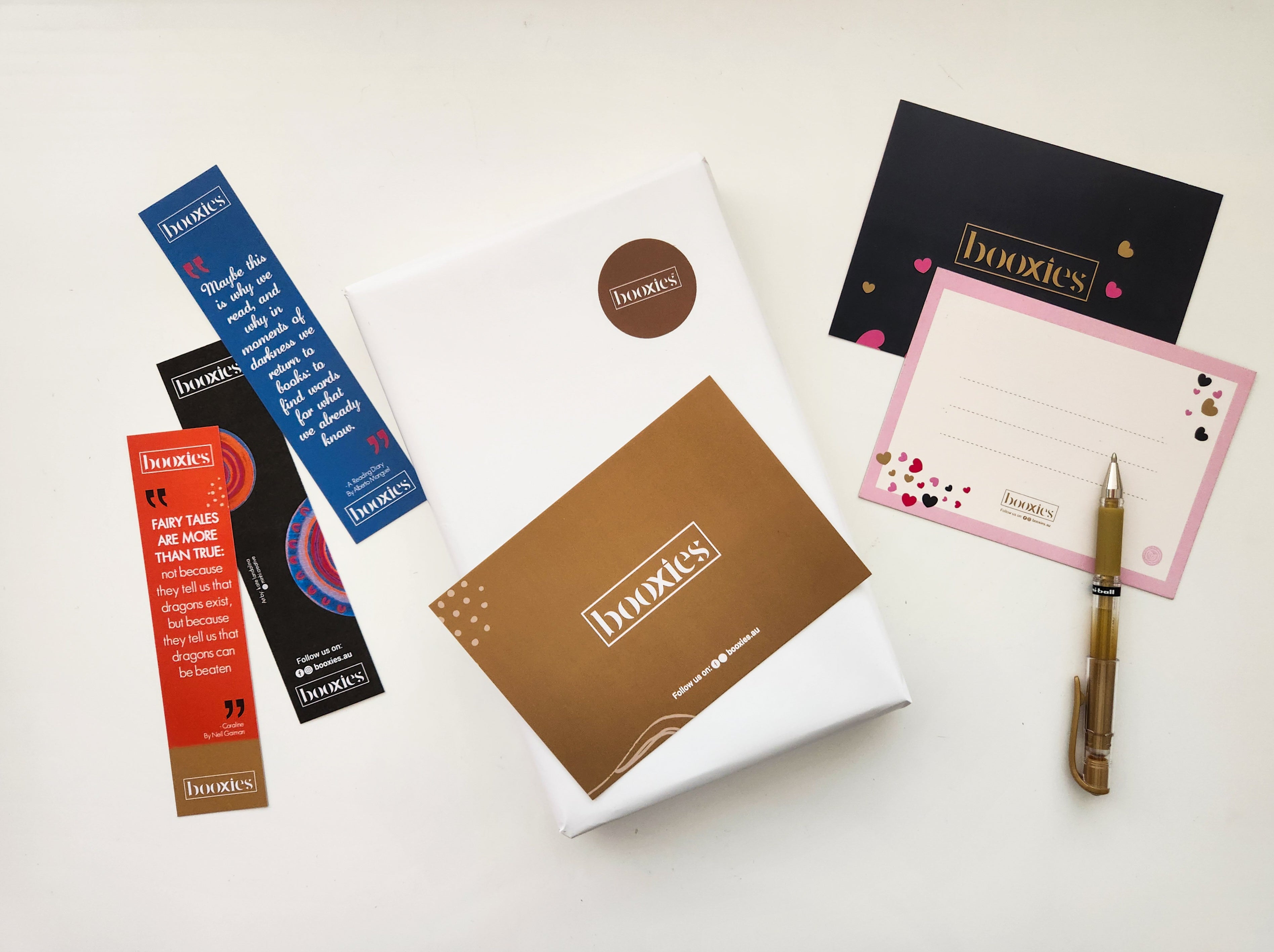
The Unlocking: An Autism Story by Porscia Lam
Four years ago, my son was busy accumulating a long list of dysfunctional behaviours when he threw in the real killer: a nine-month shoe abstinence. In June 2020, at age two, Harry developed an aversion for shoes that lasted until March the following year. One of the few freedoms permitted during Melbourne’s recurring Covid lockdowns was the ability to go for an hour’s exercise, and Harry couldn’t even do that. When we received Harry’s diagnosis of Autism Spectrum Disorder in August that year, our outlook for the future seemed bleak. Yet, at the start of 2024, an almost six-year-old Harry walked into his prep classroom for the first time, with a quiet confidence and a smile, wearing a pair of stiff black school shoes that I had secretly been softening with a hammer for the past week.

Harry’s early childhood was defined by an extreme separation anxiety, so severe that it was impossible to have a grandparent or babysitter care for him in one room while my husband and I were in another. He could not function outside the house without holding my hand, even for the few seconds that I let go to pay for something in a shop. If I inadvertently did that, a high-octane meltdown ensued until I physically backtracked and re-performed that moment again, finding a way to make the payment while holding his hand this time. He fought our every attempt to carry out the most innocuous of daily tasks, like changing a nappy or brushing his teeth. We feared for the safety of Harry’s little sister, given his propensity to lash out without warning, particularly if we tried to give her our attention. We resorted to ensuring a 1:1 adult to child ratio, always.
We soon discovered that Harry met the definition of Pathological Demand Avoidance, a little-known profile of autism characterised by an anxiety driven need for control or autonomy by avoiding the demands of everyday living. On top of that, Harry also had severe self-restricted eating, and every few weeks during the course of Melbourne’s 245 days of lockdowns, he dropped one more food from his already limited repertoire of safe foods. Finally, he was left only with rice cakes, corn puffs and one brand of chicken tenders.

In a brief break between lockdowns when face-to-face appointments were permitted, our family embarked upon a journey with an early intervention therapy called ABA therapy that really should be much better known, and more accessible to parents of autistic children in Australia. Exemptions to the strict lockdown measures were available for some individuals with disabilities who had existing services in place so, once onboarded as clients, we were able to make use of this exemption for the remaining lockdowns.
ABA stands for applied behaviour analysis and is a form of behaviour therapy developed with the aim of teaching language to autistic children and reducing severe behaviours. It is widely considered by experts to be the most effective therapy for autism. As an early intervention it is recommended at between 20 to 40 hours a week, with an individualised program developed by a program supervisor and delivered by a team of behaviour technicians.
The most unique feature of ABA is that each challenging behaviour is addressed individually and specifically. Programs are designed to address each behaviour, broken down to a granular level. Skills are taught in very small increments to overcome the challenge by forming positive associations with alternate behaviours. For example, Harry was rewarded with access to special interest toys and games simply for touching a shoe with his hand. Once that was achieved, he was rewarded for putting his foot in the shoe for a second. The next day, he was rewarded for putting his foot in the shoe for three seconds, then five seconds, then for taking a step in them, and so on.

The program was taught by the behaviour technicians who took data on the success or failure of each teaching attempt. Over time, the data was tracked and either found to be successful (in which case it was continued until the skill was mastered), or fine-tuned until a successful method was found. There were opportunities to review and fine-tune the strategy for each behaviour each day. It certainly wasn’t magic. It was painstaking work, but for us, it resulted in significant success.
ABA often draws criticisms, particularly from autistic adults who went through the therapy as children several decades ago. ABA was developed in the 1960s and 1970s and has an uncomfortable early history. Its early forms saw the use of both positive and negative reinforcement, including physical punishment, which has left some of the early cohort of learners, now adults, deeply traumatised. Further, early ABA reflected well-intentioned but outdated views around autism and neurodiversity, with the result of pushing the burden of closing the gap on societal expectations entirely onto the autistic person.
Modern, person-centred, best-practice ABA has evolved with the times. These days, ABA is used to build functional skills. Programs are individualised and designed in collaboration with families. For us, that meant teaching Harry to put on sunscreen, tolerate a hat, use language rather than physical means to refuse or disagree, and try a piece of fruit. There was never a moment that ABA was used to enforce mere social niceties or require Harry to sit “nicely” at the table (and would have blown up spectacularly in our faces if it ever was!).
The Unlocking was written to be an accessible and compelling read to a general memoir reader who is curious about family life touched by autism. For readers who are parents navigating the early years following a diagnosis, it is my hope that this book gives insight into what person-centered, modern ABA therapy looks like, as if you have been invited into my living room to watch Harry’s metamorphosis unfold. Contrary to my greatest fears, ABA did not turn him into a robot. Instead, it helped to break through his dysfunction and anxiety, allowing us to see an imaginative, flamboyant and intelligent little boy.
The Unlocking: An Autism Story was shortlisted for the 2024 Hawkeye Publishing Manuscript Development Prize and will be published by The Kind Press. It is available through Booxies from 25 February 2025. For more information visit www.porscialam.com
by Porscia Lam
----------
If you're a self-published or new author and believe your book deserves a spot on our website and blog, please reach out to us at hello@booxies.com
For more information about our self-published authors initiative, please refer to this link




Leave a comment
This site is protected by hCaptcha and the hCaptcha Privacy Policy and Terms of Service apply.